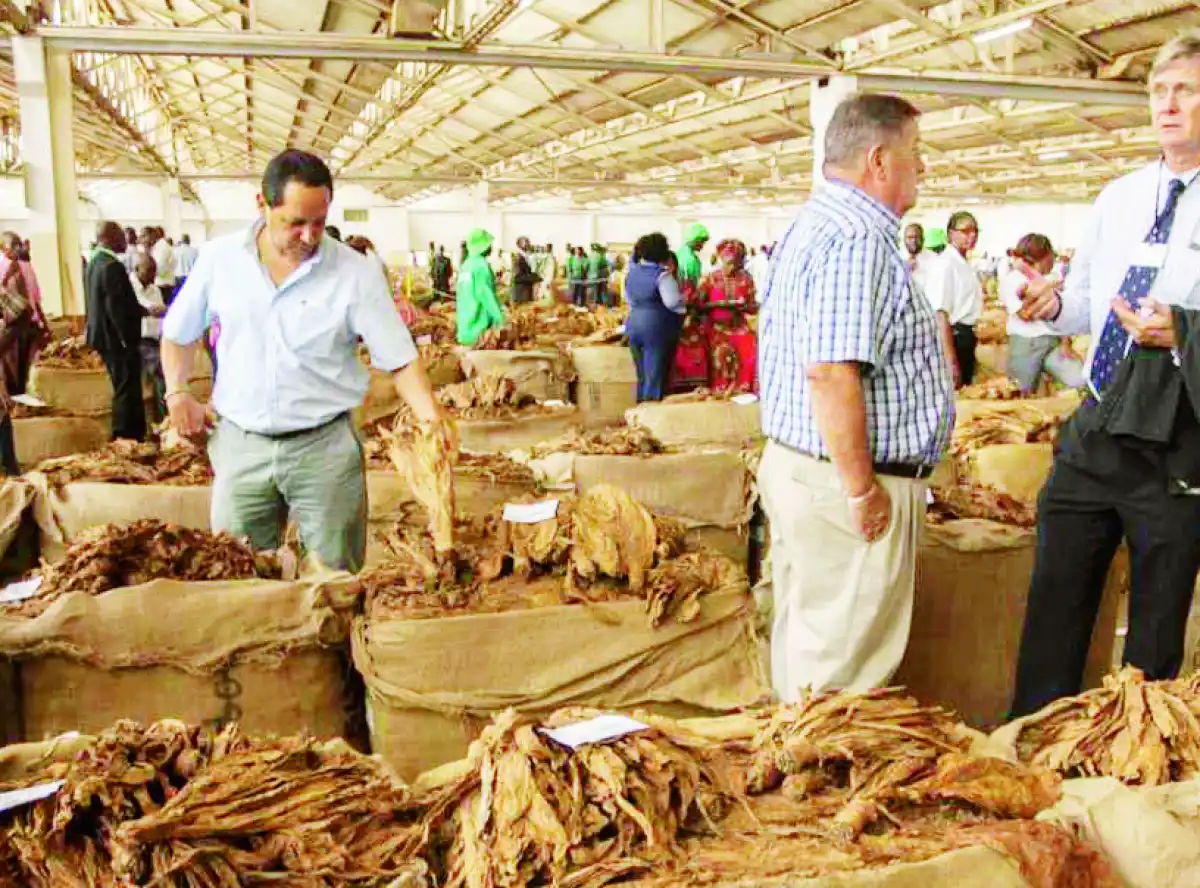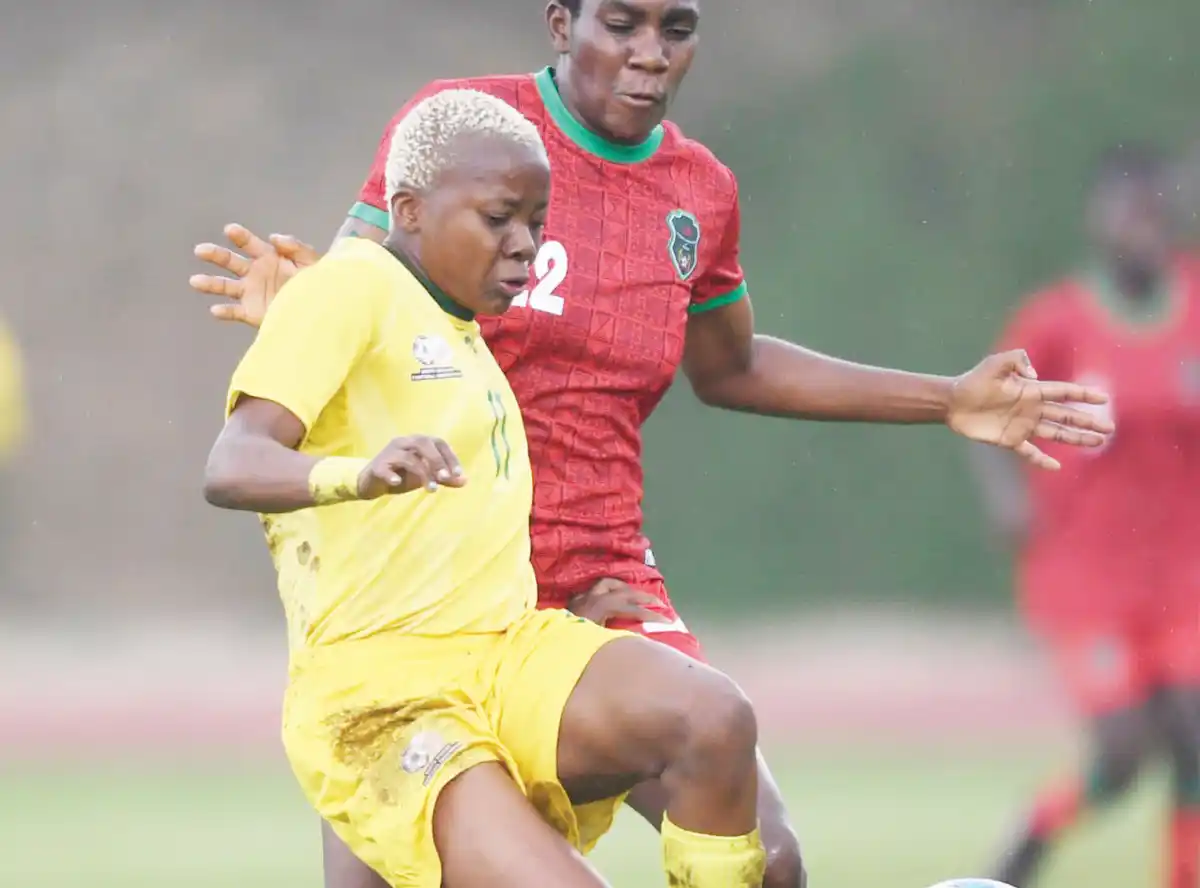The future of Malawi’s economy looks terrifying with the harsh impacts of climate-induced disasters exacerbated by widespread poverty levels and socioeconomic vices, including corruption and rising cost of living triggered by the war in Ukraine.
The disruption of the global economy has battered Malawi’s agriculture-based economy, worsening youth unemployment and gaps in the ailing health sector.
Cyclone Freddy, which affected over 2.2 million Malawians, in 2023 left 4.4 million people in need of food.
Already, there have been stories of families wiped out after eating poisonous tubers, mental illnesses among farmers haunted that lost time and capital to dry spells and increasing cases of anti-social behaviour, including risky sexual transactions.
All these complicate the country’s social, political and economic misery amid the burden to feed the hungry
Weather experts forecast a shorter rainy season with prolonged dry spells. This has come to pass.
A month-long drought in February affected most farmers, especially in the Southern Region where maize crops dried up at a time when Malawians were hoping for a bumper harvest to end hunger caused by Cyclone Freddy.
This complicates the path to recovery from the twin tragedy of hunger and post-cyclone trauma.
This presents a staggering humanitarian catastrophe as the nation needs food aid to feed 4.4 million people at risk of degrading hunger.
It also means unavailability of safe water for many people, which may reignite waterborne infections less than a year after the country’s deadliest cholera outbreak which killed over 500 people.
There is, however, more ominous news: The El Nino weather pattern across southern Africa may stay longer.
In February, weather experts warned that it may last for the next 12 months.
It is terrifying to imagine how Malawi’s fragile economy can afford to support the long list of affected citizens amid the compounded crises.
One would be tempted to think that relief would come from the Loss and Damage Fund activated at CoP28, the United Nations Climate Change Conference held last year in Dubai, United Arab Emirates. Before the gathering in the United Arab Emirates, there was excitement in the humanitarian world with pledges being announced by various countries.
But shortly afterwards, the hype died down and the fund has not attracted the resources it was expected to raise for vulnerable countries such as Malawi, which are affected by climate-induced disasters.
This is unsurprising because the effects of climate change hurt poor countries most by the crisis fuelled by carbon emissions from industrialised nations that committed to cutting their emissions, but did not.
They also pledged to pay reparations to the most affected vulnerable nations. This too has failed.
This hide-and-seek puts to rest the question of whether these nations can be held to account for their actions.
Are there consequences for this crime?
Shockingly, the countries that mobilise huge sums to fund the wars in Ukraine and in Gaza are reluctant when it comes to financing climate action.
So, this is about priorities based on strategic benefits and location. Appeals for help from poor nations are no longer appealing.
Now that the Loss And Damage Fund has become a phantom, Malawi must brace for the most harrowing time ahead.
Meanwhile, let us arm ourselves with a strategic response plan that should be all-encompassing, harnessing the available resources diligently and focusing on producing our own food.
We must take advantage of the winter season, water bodies and open markets to reduce skyrocketing food prices.
The National Adaptation Plan and the Disaster Risk Management Act must kick into action.
The government should allocate adequate funds to the humanitarian sector as we frog-march into a worsening disaster where lives are on the line.nThe long-awaited Football Association of Malawi (FAM) academy is set to take off at Luwinga Technical Development Centre in Mzuzu with the first cohort of 27 players.
FAM technical director Benjamin Kumwenda led the selection exercise last weekend in Lilongwe.
In an interview yesterday, he said the 27 were selected out of 81 players who took part.
Said Kumwenda: “The boys who participated in the selection process include the 40, who were identified during the Under-14 League Rough Diamonds finals while others were selected through the grass roots football activities.
“The Luwinga Inclusive Academy will be a residential academy where all the players will be residing and doing their studies.
“We will meet with the parents and guardians of the selected players in June so that they understand what the academy is all about and how it will work.”
Kumwenda added that before going full throttle, the boys will have a min-camp to test and assess the facility.
FAM is also expected to choose a girls’ team to be part of the academy.
During his visit the country last year, Fifa director for member associations responsible for Africa Gelson Fernandes promised a full package for the academy, is including quality education, soccer and social behaviour etiquette.
He was quoted in The Nation as having said that Fifa will in the first year pump in $150 000 (about K262.6 million) and $100 000 (about K175 million) in the second year.
Malawi is among three African countries selected to establish inclusive football academies that will, among others, teach young players best footballing techniques and how they can prepare for life outside football.
The other countries are Mauritania and Djibouti.








0 Comments